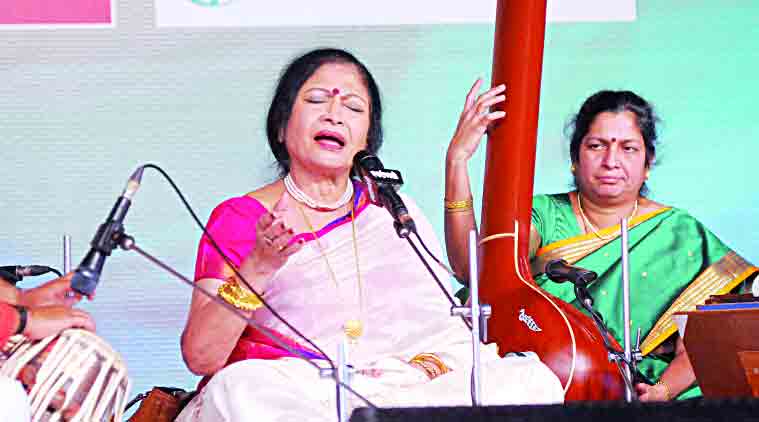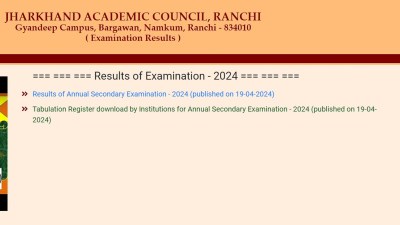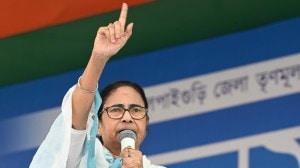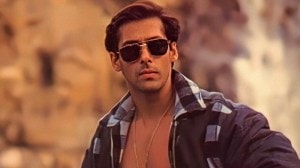- India
- International
Bridging Traditions
Sumitra Guha, a Carnatic and Hindustani classical music exponent.
 Sumitra Guha (in white sari) during her performance at Sawai Gandharva Bhimsen Mahotsav.
Sumitra Guha (in white sari) during her performance at Sawai Gandharva Bhimsen Mahotsav.By: Aashay Khandekar
After her first performance before a huge audience at the Sawai Gandharva Bhimsen Mahotsav, Pune, vocalist Sumitra Guha felt humbled and accomplished. “Thirty years ago, when I was learning music from my guru, Pandit A Kanan, I met Bhimsenji. He would visit guruji’s house in Kolkata quite often. After hearing my voice at a concert, Bhimsenji said that I should sing at Sawai Gandharva. I could barely say yes, because I was so moved by his proposal. After 30 years, I got a chance to sing at his festival,” she says.
As Guha recalls, she was enticed by Hindustani classical music for the first time in the ’70s, when she saw a performance by Salamat Ali Khan and Nazakat Ali Khan, the brothers from Sham Chaurasia Gharana at Shantiniketan in West Bengal.
“They started in raag Kalavati. As their performance went on, I realised how beautiful it was. By the time it got over, I was enthralled and decided that I would learn classical music at any cost,” says Guha, who is the first woman from Andhra Pradesh to establish her command over both, Carnatic and Hindustani music.
A Padma Shri awardee, Guha calls herself the daughter of Thirumala, the abode of Lord Balaji. While for most south Indian and north Indian music are poles apart, she never discriminates between the two.

“Music is one, approaches are different. Raga Malkans is called Hindolam in Carnatic, while raga Yaman is known as Kalyani. Hindustani music is usually sung with emotions; a few plain notes don’t make any difference to it. But if you try to apply the same pattern to Carnatic music, it will be perceived as light music and no one will believe it is classical,” explains Guha.
After her marriage into a Bengali family at the age of 19, Guha embraced Hindustani music without hesitation, but she didn’t forget her roots altogether.
“In our house, we used to regularly sing the compositions of saint Annamacharya, a great poet and singer of the 15th century, who had devoted himself in the service of Venkateshwara. While learning music from my mother, Rajyalakshmi Raju, who was a popular local singer and also my first teacher, the teachings of Annamacharya were embedded in my mind. I brought his compositions in the Hindustani music after my marriage,” says Guha.
Today, Guha runs a Gurukul music school, Sumadhur Hansadhwani, in New Delhi. She is also appreciated for her World Music Project, Gondawana Dawn, where she collaborated with Robin Hogarth, a double Grammy Award winner to create compositions that combined the spiritual message of old Africa and ancient India.
Her recent album, Omkara, which featured Grammy Award winners Laura Sullivan, Rocio Marron and Brian Vibberts, was a hit in the US, and won nominations at international music ceremonies, as well. She is currently working on the album’s second edition, Omkara 2.
When asked if she would like to sing at Sawai once again, the singer replies, “I know that the audience which comes here loves bhajans as Bhimsenji was an expert on this. I would definitely love to sing again as I didn’t get a chance to sing a bhajan this time,”she says.
Apr 19: Latest News
- 01
- 02
- 03
- 04
- 05






































